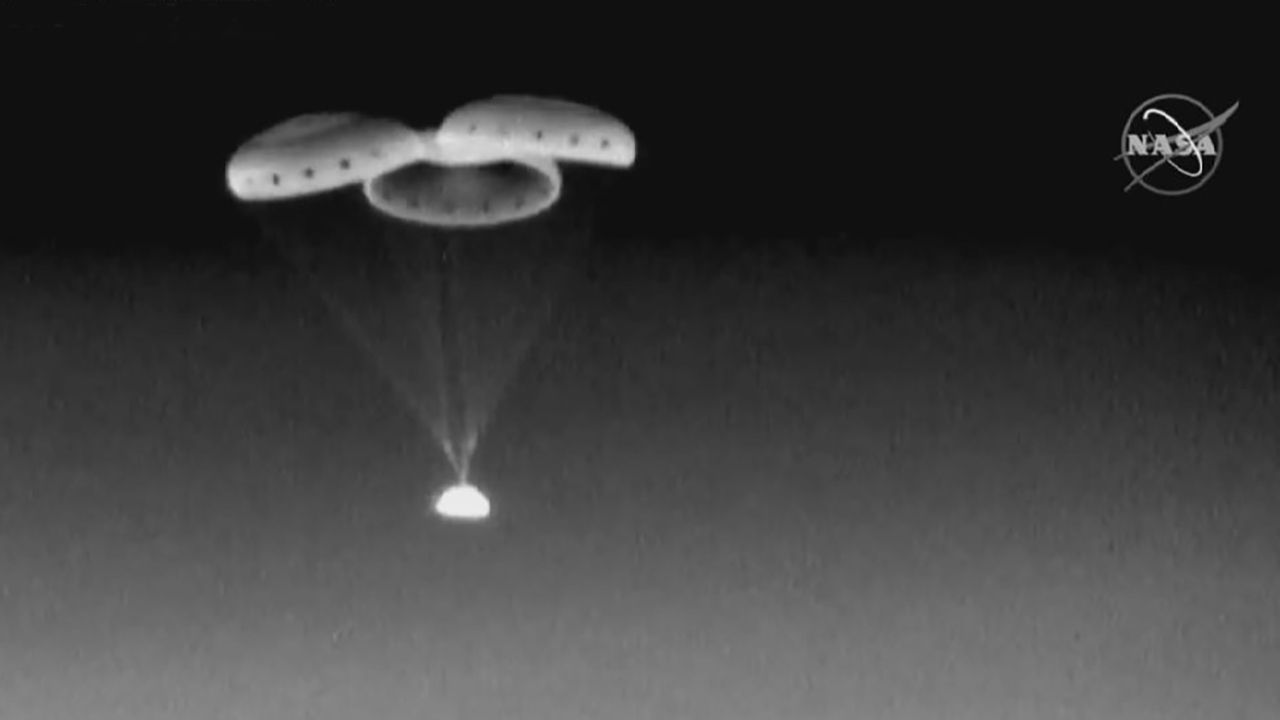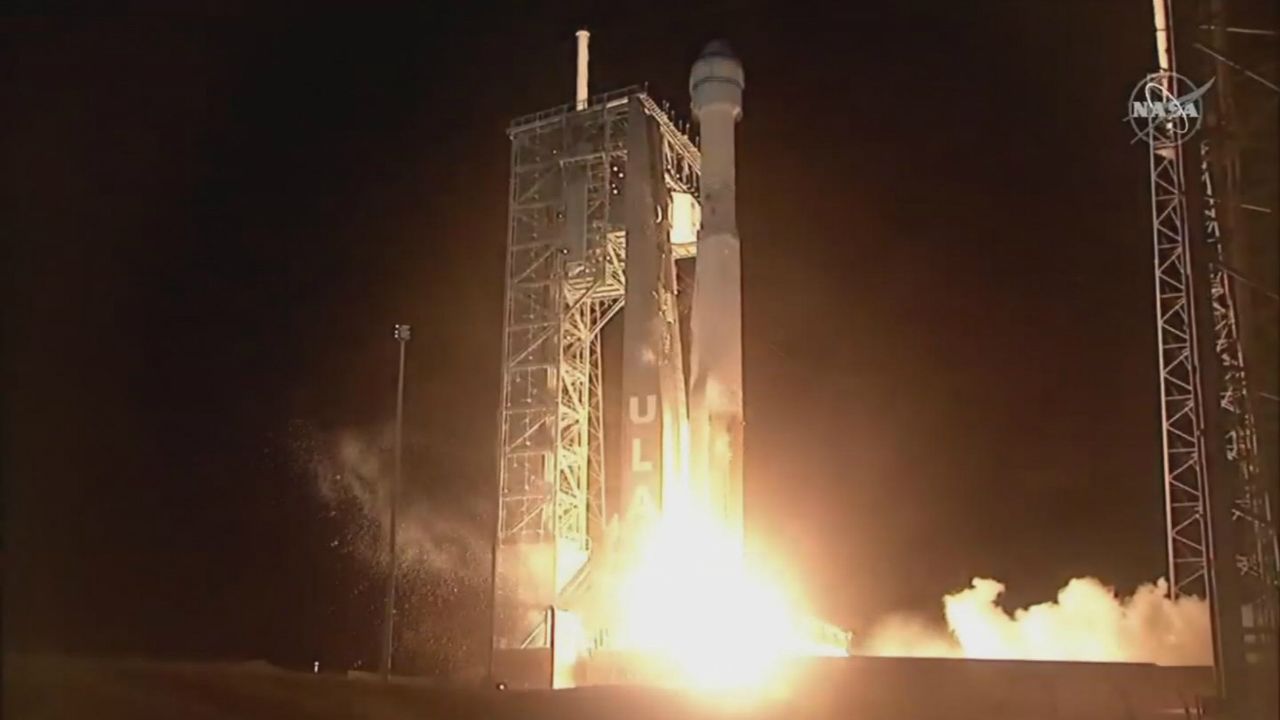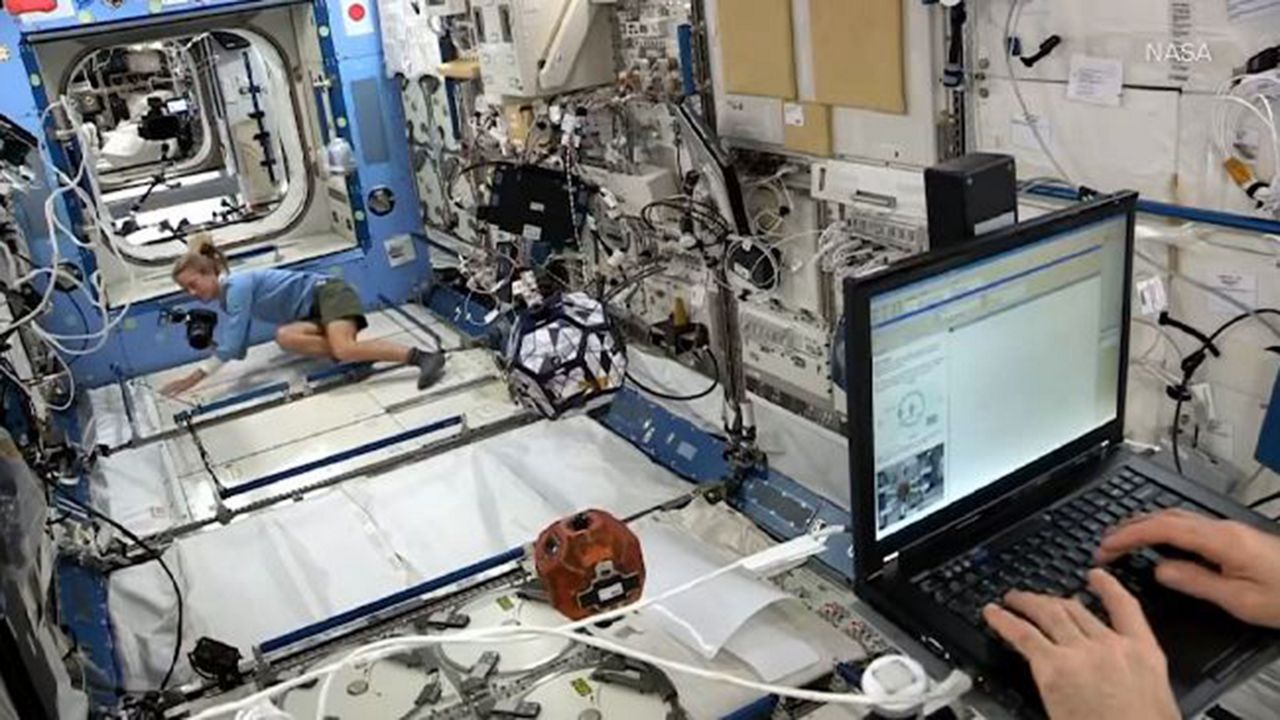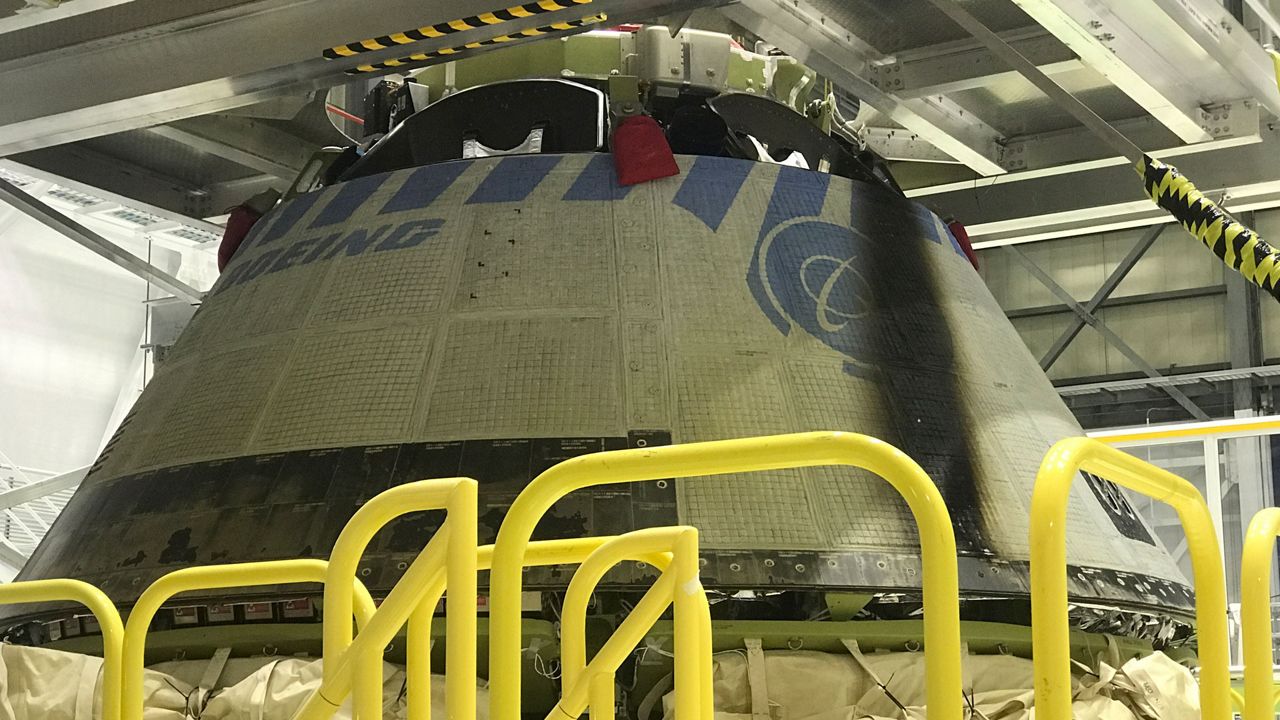ORLANDO, Fla. — The December test launch of Boeing's Starliner capsule came closer to catastrophe than originally admitted, NASA officials are now saying.
- NASA investigation determines 3 main problems with Starliner launch
- Agency says Boeing could or should have known about 2 of them
- Starliner returned early after test flight glitches shortened mission
- RELATED:
The Starliner was launched December 20 aboard an Atlas V rocket from Cape Canaveral Air Force Station on a test flight in which it was supposed to deliver supplies to the International Space Station.
But about 30 minutes into the flight, an "anomaly" sent the spacecraft into the wrong orbit, which prevented it from reaching the ISS. NASA said at the time that a critical burn didn't happen because of a faulty timer.
In a blog post published Friday, NASA describes three "concerns" during the flight — two of which could have "led to risk of spacecraft loss." NASA said both the timer issue and a separate software issue that incorrectly sent signals to a propulsion controller should have or could have been flagged by Boeing.
"Due to these breakdowns found in design, code and test of the software, they will require systemic corrective actions," NASA said.
A third issue involved an intermittent space-to-ground communications problem that hindered the control team's ability to control the vehicle. Those are still under investigation.
Despite the Starliner not making it to the ISS as planned, the joint NASA-Boeing Starliner team successfully took corrective actions and was able to bring the capsule back to White Sands Missile Range in New Mexico two days after launch.
A NASA safety panel is recommending a review of Boeing’s software verification processes. NASA also must decide whether another uncrewed test flight is needed before putting astronauts aboard.
The space agency is set to hold a news conference at 3:30 p.m. ET Friday to discuss the Starliner test flight investigation.







